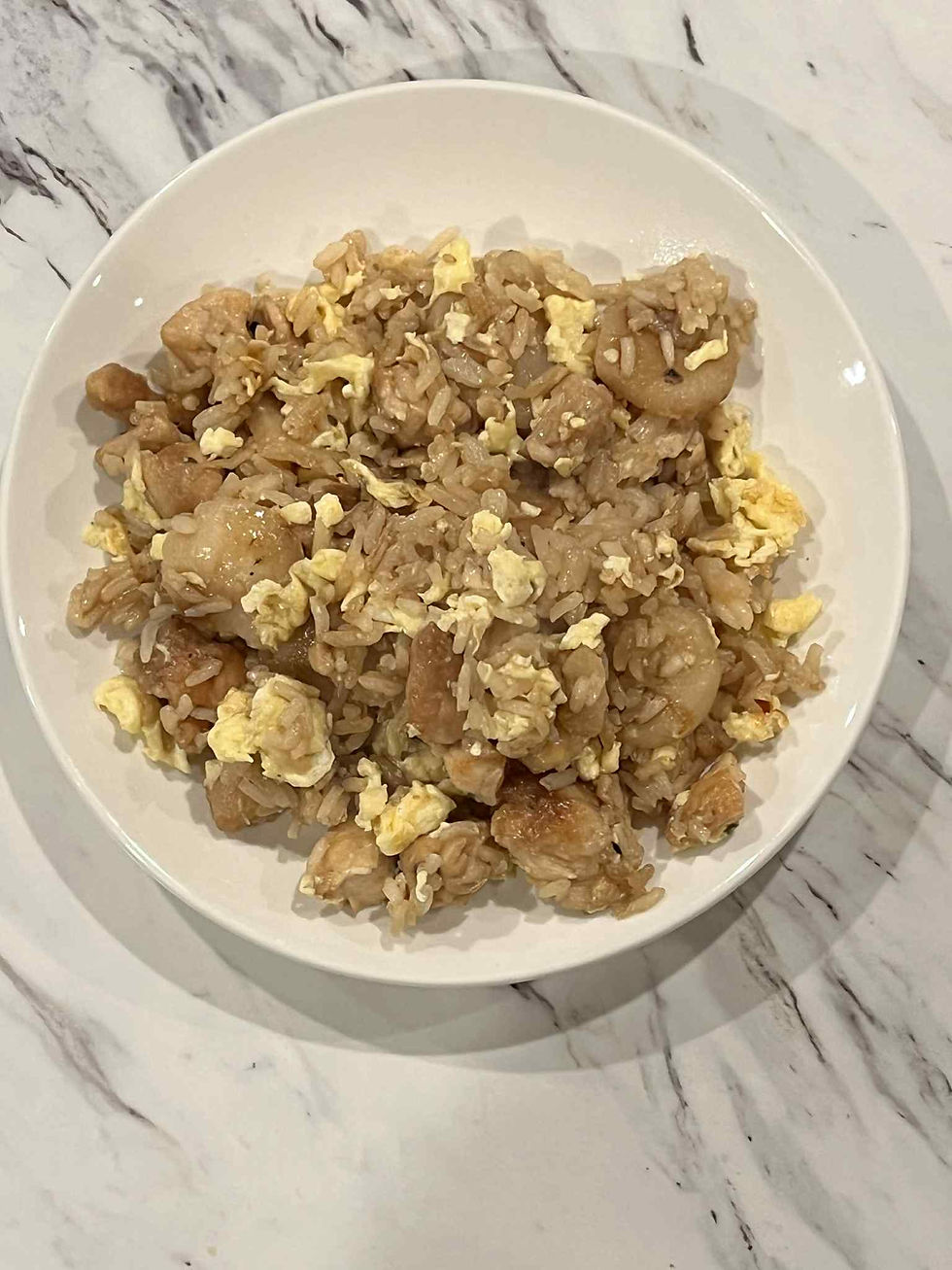The Heritage Table: Sally Lunn and the Spice of Autumn
- michel1492

- Sep 28
- 3 min read
Few English breads carry as much story, romance, and simple delight as the Sally Lunn bun. Part brioche, part tea cake, part festive loaf, it has been on tables in Bath, England since the 17th century — and today, it graces mine here at Oak City Spice Blends, dressed in the warm notes of my 1st Day of Autumn seasoning.

A Little History
The tale begins with Solange Luyon, a Huguenot refugee who fled France and settled in Bath around 1680. There, she is said to have sold her rich, eggy buns at the market. The English, who were more accustomed to hearty brown loaves, quickly fell in love with her lighter, buttery bread. Over time, “Solange Luyon” softened into Sally Lunn, and her name became forever tied to these golden bakes.
By the 18th century, Sally Lunns were well established. Travelers wrote of them, cookbooks mentioned them, and tea houses served them with both sweet and savory accompaniments. A Sally Lunn could be split and buttered, covered with clotted cream and jam, or toasted under the fire and topped with sliced meats and gravies.
Baking My Version
I baked my Sally Lunn from the Brass sisters’ cookbook From Grandma’s Kitchen (a wonderfully homey resource), then gave it an Oak City twist:
I used vanilla-infused sugar to bring a mellow sweetness.
I stirred in 1 teaspoon of 1st Day of Autumn, a blend of warm spices that wrap the loaf in gentle notes of cinnamon, nutmeg, and other cozy flavors.
The dough rose beautifully, baked to a golden brown, and filled my kitchen with a fragrance that felt like walking through a spiced orchard at dusk.
The Recipe (Modern Oak City Version)
Ingredients
1 package dry yeast
1 tsp sugar (for blooming yeast)
¼ cup warm water
1 ¼ cups warm milk
½ cup butter, cut into 8 pieces
1 ½ tsp salt
3 eggs
½ cup vanilla-infused sugar (or plain sugar)
3 ½ cups flour
1 tsp 1st Day of Autumn (Oak City Spice Blends)
Method
Bloom yeast with warm water and sugar until foamy.
Warm milk with butter and salt; let cool slightly.
Beat eggs and sugar, add yeast and milk mixture.
Stir in flour and 1st Day of Autumn to form a soft batter.
Let rise until doubled.
Bake in a greased tube pan at 350°F for 35–40 minutes.
The Recipe (18th-Century Style)
To make a Sally LunnTake warm’d milk with a spoon of barm. Beat three eggs, and mix with butter melted and fine sugar. Add salt, and as much fine flour as makes a light batter. Let it rise near the fire, then bake in a quick oven till light of colour. Serve with butter, clouted cream, or sweetmeats.
This is how it might have appeared in an English cookbook from the 1700s. No measurements, no oven temperatures, only trust in the cook’s hand and eye.
Why 1st Day of Autumn Belongs in Sally Lunn
Sally Lunn was always meant to be more than plain bread. Its richness made it a canvas for indulgence, and its history as a festive bun means it pairs beautifully with warming spices.
My 1st Day of Autumn blend — with its gentle spice and whisper of sweetness — takes this heritage loaf from simple to celebratory. It turns breakfast into a treat, afternoon tea into a memory, and a humble bake into something that feels like tradition reborn.
Serving Suggestions
Toasted thick slices with butter and honey.
Split and spread with clotted cream and jam.
Savory-style with sharp cheddar and ham, the spices dancing against the saltiness.
Spice Whisper
Every time you bake, you join hands with the cooks of centuries past. Sally Lunn carried French memory into English kitchens. With a spoon of 1st Day of Autumn, you carry her into yours — a loaf that whispers of history, heritage, and the golden comfort of fall.




Comments